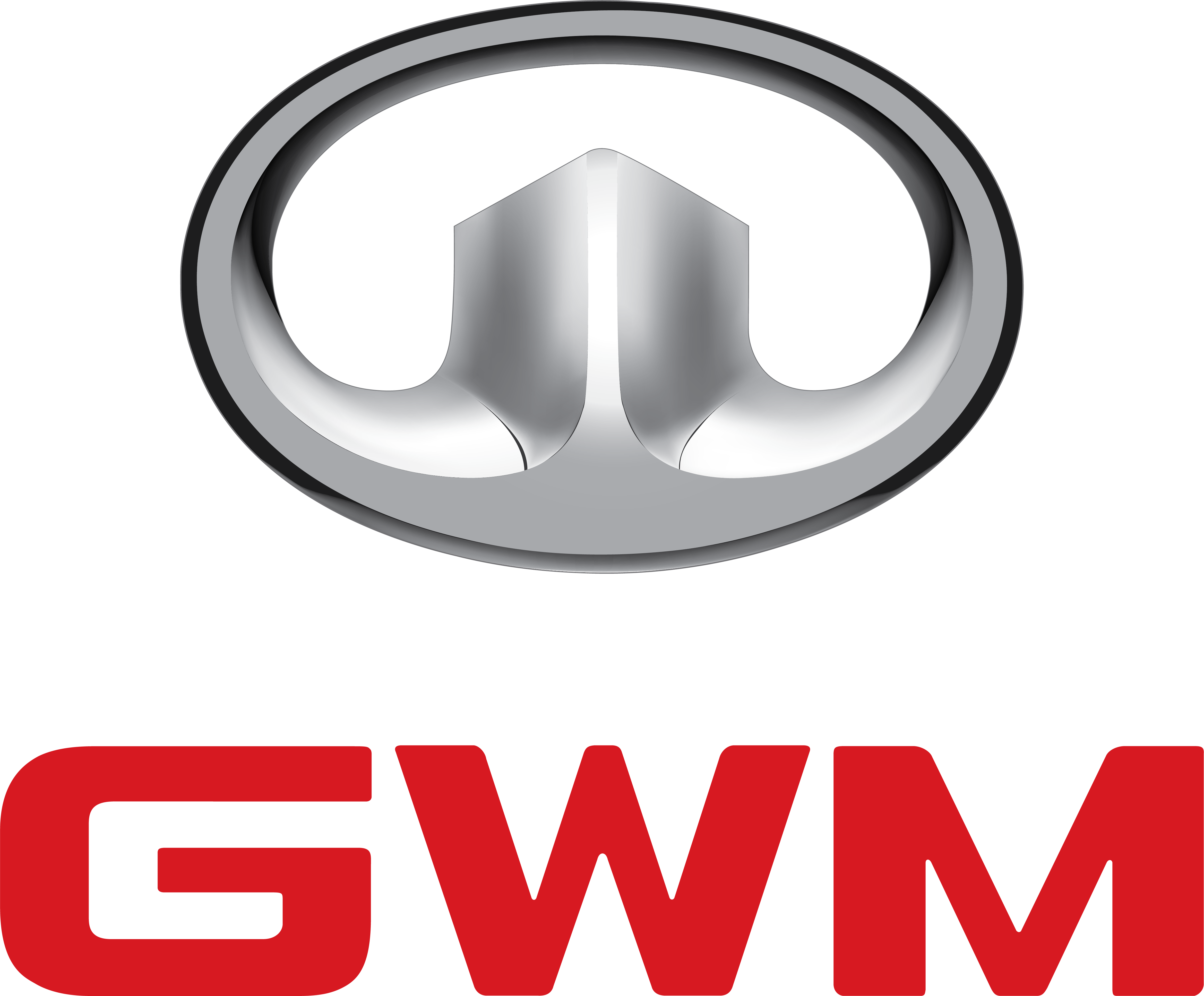Latest GWM SUV: ultra-value price, fuel & emissions savings.
On the back of a staggering 94 per cent increase in sales in 2021, the number of electrified vehicles (EVs) on New Zealand roads now sits at just under 60,000.
And the numbers are continuing to rise in 2022. Motor Industry Association (MIA) figures show 2147 electrified cars were bought in March - four times as many as the 580 sold a year earlier in March 2021 - while in October the number rocketed to 4325 new registrations.
According to the Electric Vehicle Database (EVDB) the number of registered electrified vehicles in New Zealand now stands at 59,224, a number representing 1.37 per cent of the country’s overall fleet. Of these 41,894 are fully electric while 17,350 are plug-in hybrids (PHEVs).
The rate of increase is so great that new analysis by the data science company Dot Loves Data, suggests sales of low emission cars in New Zealand will overtake those for petrol and diesel as early as the middle of 2023.
This news comes as Chinese manufacturer GWM has launched it’s Haval H6 Hybrid Ultra SUV in New Zealand. Able to be driven on electric power alone in urban conditions, GWM says the H6 is it’s most frugal SUV yet, and is capable of 91 octane petrol use as low as 5.2 litres per 100km or an ultra-low carbon output of 133g per km.
“The Ultra drives with the performance, convenience and familarity of a conventional SUV, yet delivers fuel use figures comparable with plug-in hybrid models (PHEVs),” says a GWM spokesperson.
MIA data shows 25,194 hybrids, PHEVs and fully electric vehicles (BEVs) were registered in 2021 compared to 12,997 in 2020 - an increase attributed to the government’s introduction of the Clean Car Discount scheme offering motorists a rebate of up to $8625 on a new plug-in vehicle.
The EV fleet has led to a 4.7 per cent drop in emissions but is still not enough to meet the government’s 2025 Clean Car Standard CO2 targets which, the MIA says, needs to be closer to 10 per cent.
This is consistent with what is happening globally. According to the EV World Sales Database, EV Volumes.com, around 4.3 million BEVs and PHEVs were sold in the first six months of 2022, a 75 per cent year-on-year increase for BEVs, 37 per cent for PHEVs and 62 per cent overall.

The spokesperson says besides the $1768 clean car rebate, the $48,490 Haval Ultra offers efficiency with fuel figures more usually associated with smaller hybrid passenger cars or hybrid SUVs of a similar size that require plug-in.
He says the vehicle can be driven on electric power alone such as on the first part of a journey from home to a motorway. “Then, as speeds rise, the 1.5 litre turbo-charged petrol engine will automatically fire up.
“The Ultra can roam using just the electric motor without first re-charging the 1.8kwh battery. That’s because the petrol engine and the automatic power regeneration when decelerating has most likely replenished the battery on the previous journey.”
He says that according to some motoring reviewers, the Ultra drives like a BEV due to the drivetrain refinement of GWM’s dedicated hybrid transmission (DHT) which delivers power to the front wheels in a more responsive and less wasteful manner than a conventional gearbox.
“When both the petrol engine and electric motor are working at peak output in parallel, the Ultra can generate 179 kw of power and 530 Nm of driving force, enough to enable it to go from 0 to 100kmh in 7.9 seconds.”
Other features of the Ultra include a mesh grille which adds an air of sophistication, an 8-way powered seat adjuster, heated and ventilated front seats covered in GWM’s Comfiort-Tek leather and folding rear bench seats offering generous leg room and a fold away area capable of stowing 1485 litres of luggage.
This area is accessed through a powered tailgate activated by either a remote button on the key fob or by swiping a foot past a sensor beneath the rear bumper after the car has automatically recognised the owner via the radio frequency ID chip in the fob.
The vehicle has been independently tested by the Australian New Car Assessment Programme (ANCAP) and received a five-star overall crash test rating.
Some of its safety driving aids include adaptive cruise control with Stop/Go, lane-keeping assist, 360-degree camera and reversing camera, rear cross traffic alert with emergency rear cross traffic braking, intelligent cornering control, blind-spot monitoring with lane-change assist, driver alertness monitoring and automatic emergency braking.
As the flagship of the new H6 range, the Ultra has 19-inch wheels, a panoramic sunroof, LED fog lights, a rear-view mirror that electronically adjusts to reduce glare and a large 12.3-inch TFT touchscreen mounted on the dashboard.
There’s another 10.25-inch TFT screen to project the digital instrument display and further driver information is projected onto the lower part of the windscreen via the heads-up display. It can also park itself.
For more information go to: www.gwmhaval.co.nz/h6

